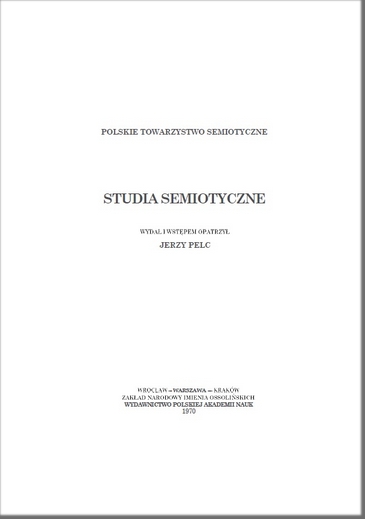Abstrakt
The aim of this paper is to examine the functioning in texts1 of signs used in material supposition. They have some features characteristic for the functioning of certain signs in real supposition, but beside that they also have other features, typical to them only. It seems justified to treat the latter as linguistic units having a specific syntagmatic position in a text — keeping in mind the difference between language levels, which distinguishes them from signs used in real supposition.

